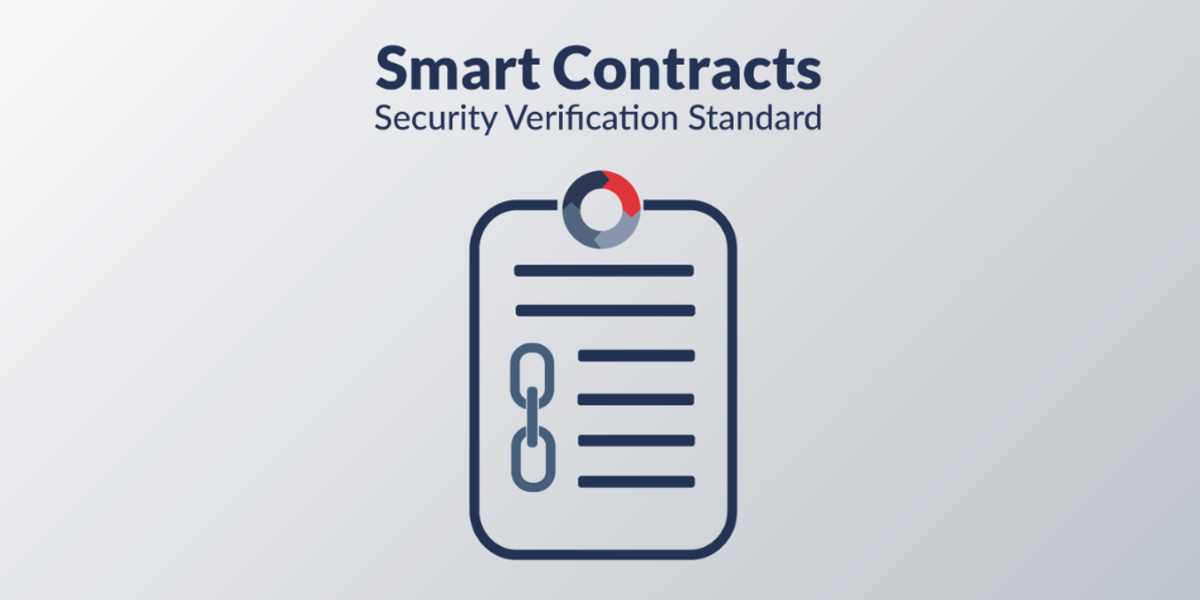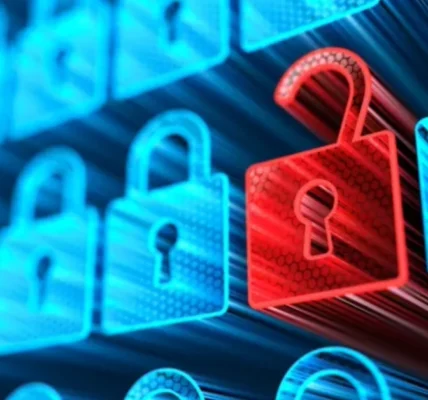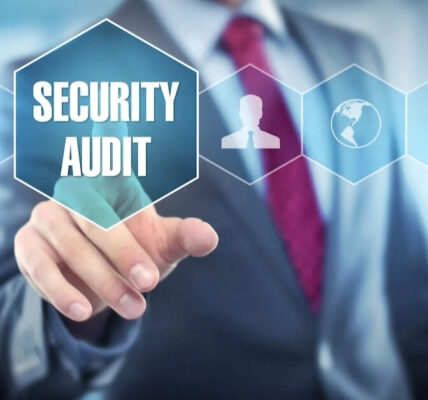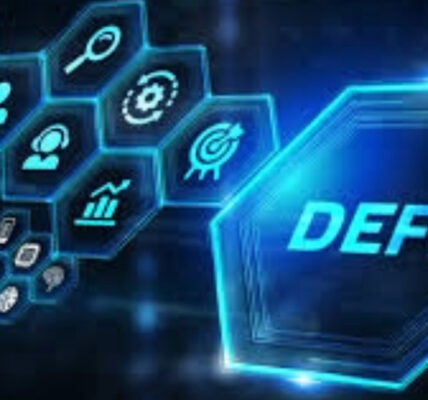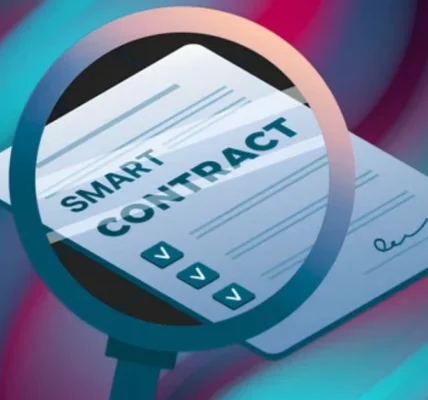Smart contracts are the backbone of decentralized finance (DeFi) protocols, providing an automated and transparent way to execute agreements without the need for intermediaries. They allow for the secure transfer of assets, the creation of decentralized applications (dApps), and the establishment of trustless financial agreements. However, like any technology, smart contracts are only as secure as the processes that underpin them.
One of the key elements of smart contract security is ownership verification. Ensuring that the rightful owner of an asset or contract has control over it is fundamental in preventing unauthorized access, fraud, and other malicious attacks. Ownership verification plays a crucial role in maintaining the integrity of the DeFi ecosystem, as it directly impacts both the security of smart contracts and the overall trust in decentralized platforms.
In this article, we’ll delve into the significance of ownership verification in smart contract security, explore the methods of verifying ownership, and highlight the consequences of inadequate ownership verification.
What Is Ownership Verification?
Ownership verification in the context of smart contracts refers to the process of confirming that a particular address or entity has rightful ownership of a specific asset or contract. This verification ensures that only authorized individuals or entities can interact with, transfer, or modify the asset or contract, effectively preventing unauthorized actions from malicious actors.
In traditional systems, ownership verification often involves centralized intermediaries, such as banks or legal authorities, to confirm ownership rights. However, in decentralized networks, ownership verification must be achieved through cryptographic methods and blockchain protocols. These methods rely on the principle of private-public key pairs, where only the rightful owner can access and control the asset or contract using their private key.
The Role of Ownership Verification in Smart Contracts
Smart contracts are self-executing agreements that run on blockchain networks. They automatically execute predefined actions when certain conditions are met, all without the need for a trusted third party. Ownership verification plays a critical role in ensuring that these contracts operate securely and as intended.
For example, if a smart contract is created to facilitate the transfer of digital assets like tokens, ownership verification ensures that the person or entity initiating the transfer actually owns the tokens being transferred. If the ownership is not properly verified, malicious actors could potentially exploit the contract to steal or manipulate assets.
Here are some key areas where ownership verification is essential in smart contract security:
- Preventing Unauthorized Access: Ownership verification ensures that only the owner of an asset or contract can initiate actions like transferring tokens, modifying contract parameters, or executing transactions. Without proper ownership verification, an attacker could gain control of the asset and execute unauthorized actions.
- Guarding Against Fraud: In the absence of ownership verification, malicious actors could impersonate the legitimate owner and fraudulently transfer assets or modify contracts to their benefit. Ownership verification mitigates this risk by ensuring that only authorized parties have control over the assets or contract.
- Protecting User Funds: In DeFi applications, users often interact with smart contracts to lend, borrow, or trade assets. Proper ownership verification ensures that users’ funds are only controlled by the rightful owners, protecting them from theft or unauthorized withdrawal.
- Ensuring Correct Execution of Contract Logic: Many smart contracts contain conditional logic that depends on the ownership of an asset. For example, a smart contract that locks up funds for a certain period may only release those funds to the rightful owner. Ownership verification is essential to ensure that the contract executes its logic correctly, in line with the agreed-upon terms.
Methods of Verifying Ownership in Smart Contracts
In decentralized networks, ownership verification is typically achieved through the use of cryptographic techniques. The two primary methods of verifying ownership are private-public key pairs and multisignature wallets.
Private-Public Key Pairs
A private-public key pair is a fundamental aspect of blockchain security. Each user on the blockchain has a pair of cryptographic keys: a private key and a public key. The private key is known only to the owner and is used to sign transactions or interact with contracts. The public key is shared with others and acts as the address to which assets can be sent.
Ownership of an asset is typically verified by checking whether the private key corresponding to a public key has signed a transaction or executed an action in a smart contract. For example, if a user wants to transfer tokens from their wallet, they must sign the transaction with their private key. If the signature matches the public key, the smart contract verifies that the user is the legitimate owner of the assets.
Private-public key pairs are the most common and basic method of ownership verification in blockchain networks, providing a high level of security due to the cryptographic nature of the keys.
Multisignature Wallets
A multisignature (multisig) wallet is a type of wallet that requires more than one signature to authorize a transaction. Multisig wallets are often used in DeFi protocols and other smart contract applications to add an extra layer of security by requiring multiple parties to confirm ownership before any action is taken.
For example, a smart contract governing a decentralized organization may require the signatures of multiple stakeholders before assets can be transferred. This ensures that no single party has full control over the contract or assets, reducing the risk of fraud or malicious activity. Multisig wallets are particularly useful in scenarios where multiple parties need to share control over an asset, such as in decentralized autonomous organizations (DAOs) or other governance structures.
Token Standards and Ownership Verification
In DeFi, many protocols rely on standardized token contracts to represent assets. Popular token standards, such as ERC-20 and ERC-721 (used for non-fungible tokens or NFTs), often include built-in functions for ownership verification.
For example, the ERC-20 standard includes a balanceOf function that allows users to check the balance of tokens in a given address. This function can be used to verify that a user owns a certain number of tokens before allowing them to interact with a smart contract. Similarly, the ERC-721 standard for NFTs includes functions like ownerOf, which lets users verify the owner of a specific non-fungible token.
These token standards help ensure that ownership is properly verified within smart contracts, preventing unauthorized actions and ensuring that assets are only controlled by their rightful owners.
Consequences of Inadequate Ownership Verification
When ownership verification is not properly implemented in smart contracts, it opens the door to a wide range of security vulnerabilities and attacks. Here are some of the potential consequences of inadequate ownership verification:
- Unauthorized Access to Assets: Without proper ownership verification, malicious actors can gain control over assets or contracts. They could transfer assets to unauthorized addresses, withdraw funds, or modify contract parameters, resulting in financial losses for users and the protocol.
- Exploiting Vulnerabilities: Inadequate ownership verification can lead to vulnerabilities that attackers can exploit to gain unauthorized access to assets. For example, if a smart contract does not properly verify ownership before executing a transfer, attackers may be able to steal funds by impersonating the owner.
- Loss of User Trust: DeFi platforms that fail to properly verify ownership risk losing the trust of their users. If users feel that their assets are not secure or that the platform is prone to attacks, they may choose to withdraw their funds or avoid the platform altogether. This can lead to a decline in user adoption and liquidity.
- Legal and Regulatory Risks: In some cases, inadequate ownership verification may result in legal or regulatory issues. If a smart contract is not properly secured and assets are lost or stolen due to a lack of ownership verification, the platform may face legal consequences. This is especially true if the platform is subject to specific regulatory requirements related to asset security.
Best Practices for Ownership Verification in Smart Contracts
To ensure the security of smart contracts, developers should follow best practices for ownership verification:
- Use secure private-public key management: Ensure that private keys are securely stored and not exposed to unauthorized parties. Use hardware wallets or other secure storage methods to protect private keys.
- Implement multisig wallets for additional security: For high-value contracts or assets, consider using multisignature wallets to require multiple parties to verify ownership before executing actions.
- Leverage standard token contracts: Use established token standards like ERC-20 and ERC-721, which include built-in functions for verifying ownership and ensuring the integrity of token transfers.
- Regularly audit smart contracts: Conduct thorough security audits of smart contracts to identify and address potential vulnerabilities related to ownership verification.
- Stay up to date with security best practices: Blockchain and smart contract security are constantly evolving. Developers should stay informed about the latest security trends and implement the best practices to protect ownership and assets.
Conclusion
Ownership verification is a cornerstone of smart contract security. By ensuring that only the rightful owner can control assets or interact with a smart contract, ownership verification helps prevent unauthorized access, fraud, and other malicious attacks. As the DeFi ecosystem continues to grow and evolve, developers must prioritize ownership verification to protect users and maintain trust in decentralized platforms.
By using secure private-public key pairs, leveraging multisignature wallets, and adhering to token standards, developers can strengthen the security of smart contracts and mitigate the risks associated with inadequate ownership verification. As we move toward a more decentralized future, ownership verification will remain a fundamental component of smart contract security, helping to safeguard assets and ensure the integrity of the DeFi ecosystem.
